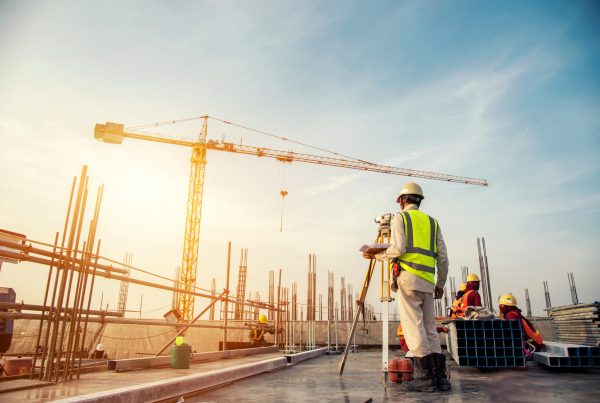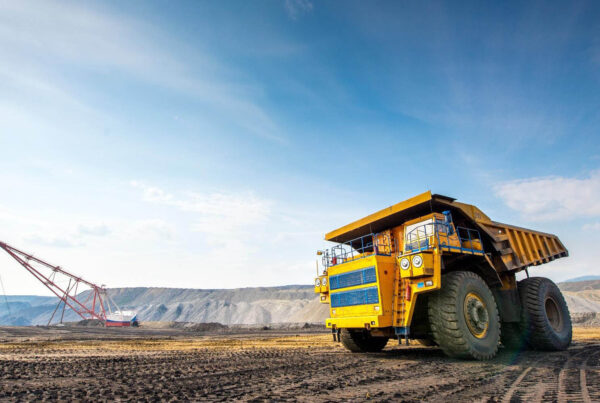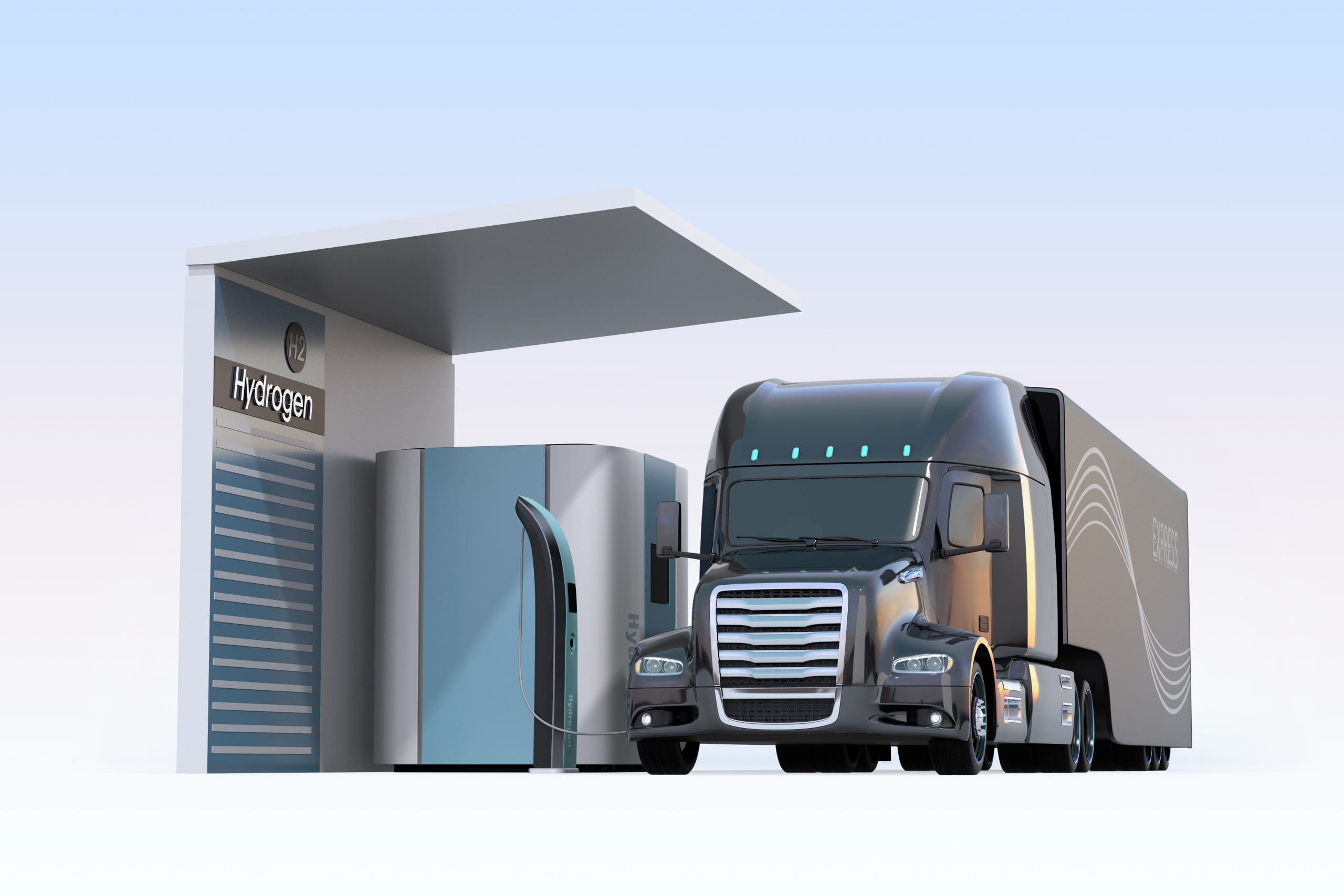商用车 工业自动化
2023-03-28
美国《通胀削减法案》将如何影响中国锂电及电动车市场?
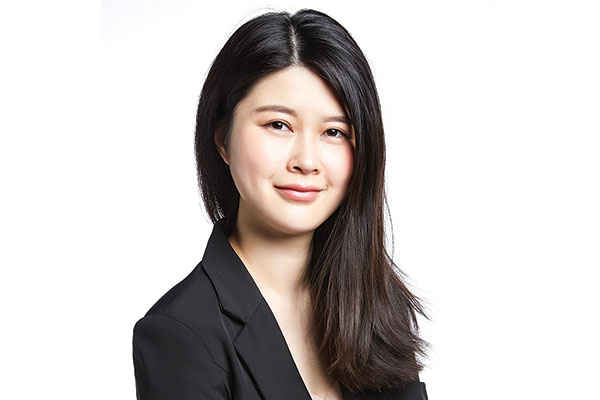
MAYA XIAO
Maya在电动汽车、自动化系统和机器人领域拥有跨学科的技术背景,现担任Interact Analysis的研究经理,负责锂离子电池、叉车、工业和协作机器人市场等研究。
On August 16, US President Joe Biden signed the landmark US $750 billion Inflation Reduction Act (IRA) into law. The Act covers subsidies relating to the clean energy sector and includes a restriction on electric vehicles using batteries from a “foreign entity of concern”, which affects China. It is worth examining whether the IRA will have an impact on the China’s lithium-ion battery sector and whether it can provide the United States with a cost advantage in the new energy industry chain.
What is covered by the Inflation Reduction Act?
The IRA covers a wide range of measures, including those aimed at addressing climate change and expanding medical care coverage. Among key clauses in the legislation are those relating to electric vehicles in the clean energy sector, which include provision for eligible new clean energy vehicles to be given tax relief of up to US $7,500 per vehicle.
The tax subsidy is aimed at electric vehicle manufacturers and in order to be granted the full relief, vehicles need to be assembled in North America and priced at less than US $55,000 dollars for a car, or below US $80,000 for an SUV.
The Act also includes stipulations on batteries in vehicles eligible for the tax relief, with the subsidy of US $7,000 dollars divided into two parts:
- Tax relief of US $3,750 is available if a certain proportion of the power battery critical raw materials used in electric vehicles are produced in the United States, or in countries that have signed free trade agreements with the United States or are recycled in North America. This proportion is scheduled to increase year on year, exceeding 40% from January 1, 2024, 50% in 2024, and 80% after December 31, 2026.
- If condition 1 is met and the value of power battery parts manufactured or assembled in North America meets certain requirements, there is additional tax relief of US $3,750 dollars also available. This proportion also increases year by year, reaching more than 50% before January 1, 2024, reaching or exceeding 60% between 2024 and 2025, and reaching 100% after December 31, 2028.
For China, in addition to the above provisions, there is also a restriction on “foreign entities of concern”. According to the provisions of the Act, new energy vehicles using batteries from a “foreign entity of concern” cannot receive any subsidies. China, Russia, North Korea and Iran are nations given this designation, and any enterprise affected by the governments of these four countries is a “foreign entity of concern”, which means that all Chinese enterprises are affected by the clause.
Can the Act speed up American electrification?
The general background to the legislation is the lag of the American market in the electric vehicle industry. Unlike the rapid growth of electrification globally, the production of new energy vehicles in the United States has been slow. In 2021, the penetration rate of new energy vehicles in the United States was about 6.5%, compared with a much higher penetration rate of 15.5% in China. For the same year, the penetration rate of new energy vehicles in Germany is estimated to have reached 26.3%, and almost 20% in Britain and France.
However, it is not clear whether this policy can ultimately transform the cost advantage of the United States in the new energy industry chain. The new energy vehicle industry chain is huge. Taking the power battery industry alone as an example; it covers positive and negative electrode materials, separators, electrolytes, and more. It is not possible for the United States to establish a huge industrial supply chain by itself within a short space of time, or even in association with countries with free trade agreements with the United States.
For instance, the power battery raw material market, the development of Li-ion battery and other industrial chains in the United States is limited. Many intermediate products and raw materials will need to be imported in the short term. Taking nickel, cobalt and lithium as examples, global lithium resources are mainly distributed in the “lithium triangle” of South America, namely Argentina, Chile and Bolivia. Nickel resources are mainly sourced from Indonesia and the Philippines and Cobalt resources are mostly distributed in Africa, Congo (DRC) and other countries. Meanwhile, the power battery processing industry chain is concentrated in China, Japan and South Korea.
According to publicly available statistics, about 70% of new energy vehicles in the US market will not meet the requirements. After the implementation of the new regulations on January 1, 2023, no model is eligible for full subsidy, which will affect the United States government’s target of 40% – 50% of the sales of electric vehicles by 2030.
Furthermore, from the perspective of cost, the United States local electric vehicle production industry supply chain is currently costlier than other regions, in particular when it comes to labor costs for auto industry workers. As the policy is implemented it will inevitably be adjusted to reflect the actual situation and how IRA subsidies are adjusted during the implementation process will be watched closely.
Impact of the Act on the global lithium-ion battery supply chain
The subsidy measures for new energy vehicles aim to promote the development of new energy vehicles and power batteries in the United States and encourage foreign capital to invest in the United States. The provision that vehicles can only be subsidized if they are assembled in North America makes car companies that do not set up factories in North America lose their competitiveness in the American market. Japan, Germany, China and South Korea are currently the top four auto exporters; particularly South Korea, whose market share of electric vehicles in the United States is about 9%, ranking second only to Tesla.
When it comes to batteries, China, Japan and South Korea are also the countries most affected by the IRA. According to Interact Analysis’s battery database, the top ten companies for global battery shipments in 2021 all came from China, Japan and South Korea, accounting for more than 90% of total shipments.
For Japanese and Korean enterprises looking to avoid the impact of the Act in the American market, they can choose to build factories in the United States and move the industrial chain to North America. However, for Chinese enterprises, the existence of the “foreign entity of concern” clause creates uncertainty when it comes to building plants in the United States.
Japanese and Korean battery manufacturers have taken action
Enterprises in China’s new energy vehicle industry chain mainly focus on European and Southeast Asian markets, and power battery enterprises have successively established overseas factories in Europe. At present, China’s new energy vehicle enterprises and power battery enterprises have not invested heavily in building factories in the United States, so signing the IRA into law has a relatively limited impact on China’s new energy vehicle and power battery enterprises. However, the presence of Japanese and Korean manufacturers in North America is more substantial, and 100 GWh battery capacity will be released in the next 3-5 years through JVs.
On October 11, Honda Motor and LG New Energy announced that their American battery joint venture factory would be located in Ohio. The two sides said that they would invest US $3.5 billion and create 2,200 jobs at the initial stage, with the total amount of subsequent investment expected to reach US $4.4 billion and an annual capacity of about 40GWh. LG New Energy is expected to establish 6 factories in North America by 2025. In addition to running independent factories and the joint venture factory with Honda, there is also a joint venture with General Motors, with two new factories planned, and one new factory as a joint venture with Stellantis.
The South Korean Economic News reported recently that LG New Energy and POSCO Iron would strengthen cooperation in the fields of medium and long-term supply of positive and negative battery materials, development of new generation products and materials, and battery recycling. At the signing ceremony, LG New Energy announced a purchase plan for positive and negative pole materials for the next seven years, and Korean enterprise POSCO Iron announced its plan to accelerate the establishment of factories in various regions as a result of the US Inflation Reduction Act. Last year, POSCO Chemical, a subsidiary of POSCO Iron, invested in the construction of the first artificial graphite anode material factory in South Korea. Previously, the artificial graphite anode materials currently used by Korean battery enterprises were mainly imported from Japan and China.
On September 23, Canadian Prime Minister Trudeau and South Korean President Yin Xiyue agreed to deepen cooperation regarding key minerals used in electric vehicle batteries. As the power battery raw materials required by the Inflation Reduction Act must also be produced in a certain proportion from the United States or countries that have signed free trade agreements with the United States, or recycled in North America, battery manufacturers must make certain adjustments in the raw material supply chain in order to qualify for the subsidies. Canada, located in North America and a free trade partner of the United States, has rich reserves of nickel, cobalt, lithium and other resources, and so is an important partner for South Korea.
Although it is not easy for the United States to localize the battery industry chain, the IRA seems to have achieved early results judging by the moves by Japanese and Korean enterprises to build factories in the United States. From this perspective, the industrial chain has started changing quietly in response to the Act.
Relatively limited impact on China’s Li-ion battery industry
However, China has formed a fairly complete global industrial chain cluster for its Li-ion battery, with both the supply side and the demand side developing steadily. From the demand side, the market growth of both EN power batteries and energy storage batteries has been rising steadily. At the same time, Chinese power battery enterprises are also accelerating the layout of the upstream industrial chain, participating in the development of overseas mines through equity participation, exclusive sales, self-ownership and other methods. China’s production of Li-ion batteries accounts for about 70% of the world’s total. In addition, China’s production of most lithium battery materials and raw materials, including cathode materials, diaphragms and electrolytes, is one of the highest in the world.
In the battery equipment industry, Chinese enterprises dominate both in terms of technical experience and market share. In 2021, more than 90% of the global lithium battery equipment market was occupied by Chinese manufacturers. Chinese companies are expected to continue to maintain their leading global position in the short term, as other countries start to ramp up their activity in the battery equipment market.
What is in store for the global new energy vehicles battery industry?
With strong growth forecast for the new energy vehicles market in the future, there are likely to be more changes ahead for the industry as Governments and companies commit to reducing CO2 emissions. The new energy vehicle industry chain is huge and Chinese Li-ion battery companies have concentrated on the EMEA and Southeast Asian markets, rather than investing heavily in the US. They are therefore expected to maintain their leading position in the short term, with the US IRA having little immediate impact. However, particularly with the “foreign entity of concern clause”, it remains to be seen what effect it will have on the US domestic market, Chinese battery manufacturers and suppliers and the wider global new energy vehicles battery industry in the long term.
其他商用车领域洞察

非道路领域是否已迎来高性能计算平台时代?
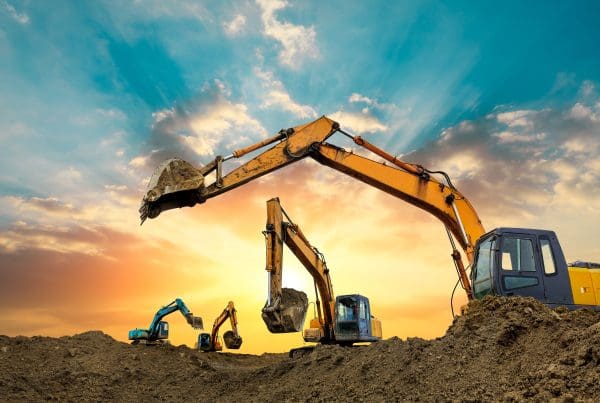
2024年,巴西挖掘机进口五倍于出口

2024年,中国装载机占据巴西进口市场半壁江山
最新商用车洞察
